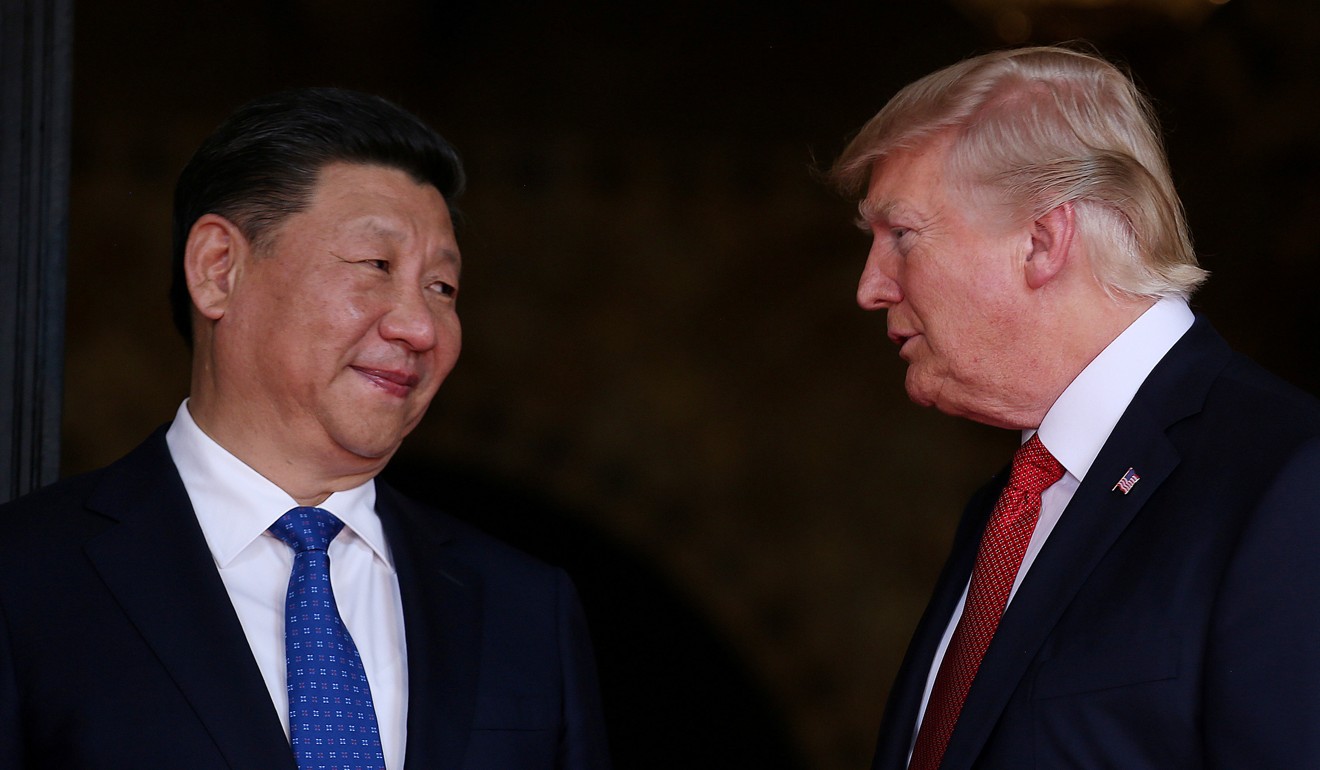
US warship sails to within a few miles of island built up by China in Spratlys
First so-called freedom of navigation exercise by US under Donald Trump
A United States navy warship has sailed within 12 nautical miles of one of China’s man-made islands in the disputed South China Sea, the first such challenge to Beijing since President Donald Trump took office.
Citing unnamed US officials, Reuters said the so-called freedom of navigation operation was conducted by the USS Dewey, a guided-missile destroyer, on Wednesday around the Mischief Reef in the Spratly Islands, over which China has territorial disputes with its neighbours.
The move looks set to anger China as territorial waters are generally defined by the United Nations Convention on the Law of the Sea as extending at most 12 nautical miles from a state’s coastline.
Observers say the move comes at a sensitive time, as Trump seeks Beijing’s cooperation to rein in North Korea’s nuclear threats, and may cast a shadow on relations between China and the US, which have shown signs of warming since the first summit between Trump and Chinese counterpart Xi Jinping in April.

One US official told Reuters that it was the first operation near a land feature which was included in a ruling last year against China by an international arbitration court in The Hague. The court invalidated China’s claim to sovereignty over large swathes of the South China Sea.
The US patrol, the first of its kind since October, marked the latest attempt to counter what Washington sees as Beijing’s excessive maritime claims and its efforts to limit freedom of navigation in the strategic waters.
Bonnie Glaser, an Asia-Pacific security expert at the Centre for Strategic and International Studies in Washington, said the move signalled continuity of Washington’s policy on the maritime dispute, but she denied it was a challenge to Chinese sovereignty claims.
She noted Secretary of Defence Jim Mattis would deliver a speech on Washington’s Asia strategy at the annual Shangri-La Dialogue in early June.
“He would certainly be criticised if no FONOP had taken place,” she said.

Ni Lexiong, a Shanghai-based military expert, also said the US move showed Trump was about to roll out a comprehensive economic and security policy towards China.
“The latest move appears to be a warning to China, indicating Washington has no intention of making concessions on the South China Sea dispute while serving to reassure its allies in the region,” he said.
Speculation has been rife that the Trump administration wants to scale back freedom of navigation operations, in what would be seen as another concession to China in exchange for Beijing’s support of other priorities in the region – especially North Korea’s accelerated nuclear and missiles programme.
American media reported in recent weeks that the Pentagon had turned down US Pacific Command requests to sail warships near islands claimed by China in the contested waters of the South China Sea since Trump took office.
Last month, top US commander in the Asia-Pacific region, Admiral Harry Harris, said the United States would likely carry out freedom of navigation operations in the South China Sea soon, without offering any details.
The Pentagon said in a statement it was continuing regular freedom of navigation operations and would do more in the future but gave no details of the latest mission, according to Reuters.
“We operate in the Asia-Pacific region on a daily basis, including in the South China Sea. We operate in accordance with international law,” Pentagon spokesman Captain Jeff Davis said in the statement.
Freedom of navigation operations were conducted regularly in the South China Sea under the Obama administration, with US navy vessels sailing within 12 nautical miles of China’s artificial islands at least three times in the past 18 months.
But pundits say the impact of the move on China-US relations should not be overestimated.
“Almost two months has elapsed since the Trump-Xi summit. The Chinese will appreciate that the US did not conduct a FONOP in the South China Sea before or immediately after the Mar-a-Lago meeting,” Glaser said.
“US-China relations are now stabilised. China fully expects that FONOPs will continue, so they are not surprised,” she said.
Ni also said Beijing was expected to show restraint in its response to the first freedom of navigation operation under Trump.

